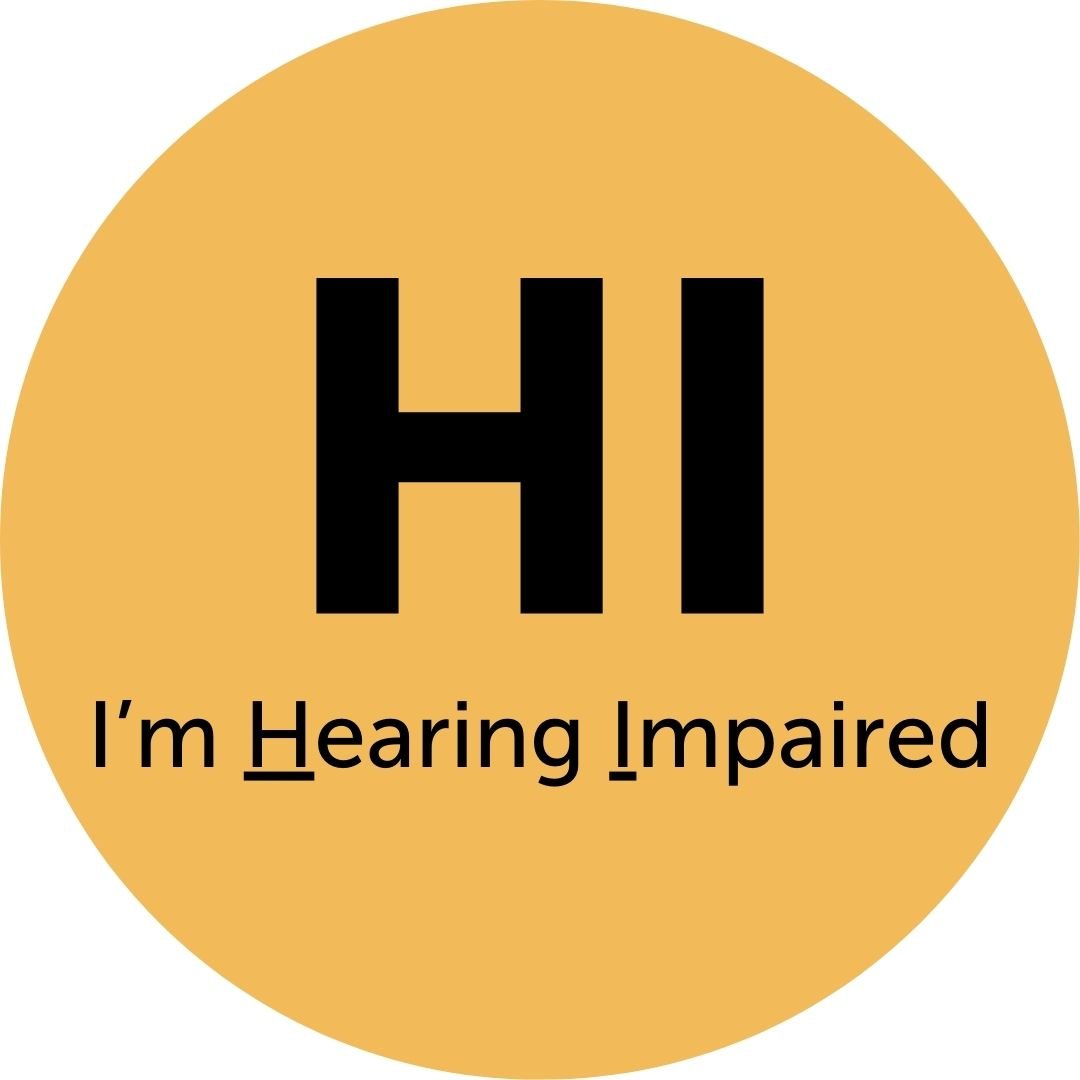Our Research on Ménière’s Disease
Thanks to the generosity of our donors, Hearing Health Foundation (HHF) funds groundbreaking research to advance our scientific understanding of the often debilitating inner ear and balance disorder Ménière's disease through the Emerging Research Grants (ERG) program.
In February 2025 Hearing Health Foundation co-hosted a research symposium on the condition at the ARO (Association for Research in Otolaryngology) MidWinter Meeting. Learn more about the symposium, including an overview, a detailed summary, and the recording of all the presentations with captions.
In October 2022 ERG scientist Wafaa Kaf, M.D., Ph.D., presented a research webinar on Ménière’s disease and its definition, evaluation, and interventions, and answered additional questions.
Reviewed in June 2023 by Rohima Badri, Ph.D.
Learn More
It has now been 13 years since my vestibular neurectomy, and it ended up being the best decision I ever made for my Ménière’s. I’m back to a somewhat normal life, although I’ve lost about 80 percent of the hearing in my right ear and have high pitched tinnitus in the same ear 24/7.
While significant challenges remain, ongoing efforts in genetic research, immunology, and clinical trials offer hope for better management and potential cures for Ménière’s disease in the future.
This study suggests that this class of neurons may compensate for age-related loss of vestibular function to maintain balance performance in older animals.
Future treatments for hearing loss—including gene therapy—could come to rely on a tiny 3D-printed microneedle.
The symposium aims to spur collaborative thinking and projects among Ménière’s disease researchers and clinicians to stimulate advances in better understanding and treating Ménière's disease
I have bilateral Ménière’s disease and at times have suffered greatly from the vertigo attacks and subsequent symptoms afterward, so HHF’s mission is near and dear to my heart and I’d like to contribute a little here and there.
I currently work with a mouse model with hearing fluctuation and have a clinical protocol that is performing deep phenotyping of patients with hearing instability, including patients with Ménière’s disease.
Activity by special neurons called unipolar brush cells reveals that they may introduce delays or increase the length of firing responses, and presumably extend vestibular sensory representations.
The 218 planned gift commitments total an estimated $30 million to $50 million, 100 percent of which will be used to fund scientific research on hearing loss and related conditions.
Getting the diagnosis at age 17 made me feel like I couldn't really be a teenager and enjoy my time as a teen. Over time, I accepted it as a part of my life but also learned how to change my lifestyle to be able to live the life I want to live.
I think it would be a good idea if we as hearing impaired individuals wear a button, like a campaign button, that says, “HI” and underneath it says, “hearing impaired.” That way people will know to face us when they speak, and to speak more slowly or loudly.
Learn More:
What Is Ménière’s Disease?
Causes
Symptoms and Diagnosis
Treatment
How Balance Works
Our Research on Ménière’s Disease












Eventually I told my boss that I would have to resign. As it turns out, that was the best decision I could have made. The enormous stress of my job had been a large contributing factor to the severity of my disease, and letting that responsibility go was decidedly the medicine I needed.